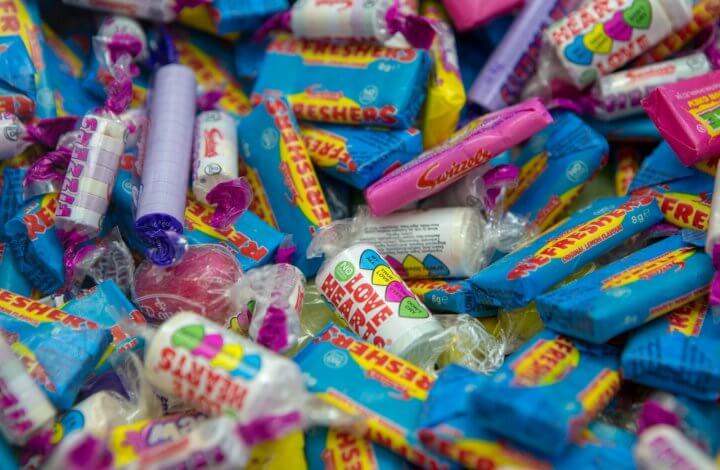
While for children and adults alike the highlight of Halloween just may be the candy you may be surprised to learn that there is a practical side to the candy gathering as well. If you are a parent trying to help your child develop better math skills or a teacher who would like to focus the interest back on math you can use Halloween candy in a number of interesting and educational ways to teach math. Here are just a few ways you can use Halloween candy in math projects-
Candy Sort-This math project is designed for older elementary grades but could be structured to be easier for younger children or more complicated for even older children. Parents can also follow these steps at home. The steps of the project are as follows-
1. Have the students sort and count their Halloween candy at home after trick-or-treating.
2. At school the next day, have the students organize their data from the most common to the least common type of candy.
3. The students will then make a bar graph of your data.
4. Over the next several days, in small groups or as a class, have the students collect and organize their data on a spreadsheet application (Excel, for example), one row per student, one column for each candy type.
5. Now they can use the auto-sum feature on each column to find the most common types of candy for the group. (As an option, use the formula feature or your own calculations to find the mean number of candies of each type per student.)
6. Students can then use the sort feature to reorder the data from most common to least common type of candy.
7. Have the students use the graphing feature to make and print a whole-class bar graph or pie chart of their candy data. (Which type of graph is most effective for summarizing the group’s candy data?)
Variation of the lesson is as follows: Younger students can bring in their candy wrappers and decide as a class how to sort the candies into several categories. They can then make a diagram to classify the candy by different characteristics. Students even can glue their wrappers to the diagram.
Estimation and Measurement Activities: There are many ways to use Halloween candy in estimating and measuring. Students will be highly interested in these activities when they know they can have a sweet reward at the end.
1. Have the students estimate about how long a licorice “whip” is, in centimeters or inches. (A centimeter is about the width of your little fingernail. An inch is about the distance between the first and second knuckle on your finger.) Have them figure which was easier to estimate in centimeters or inches?
2. Have the student’s measure to see how long one licorice “whip” is, using a centimeter ruler. Based on this measurement, how long would a whole package of licorice candies be if you placed each piece end to end?
3. Have the students estimate the weight of a licorice whip in grams. (1 gram is about the weight of paper clip.) Have them figure based on this estimate, how much would a bag of licorice whips weigh?
4. Have the students estimate about how many Skittles, M&M’s or other candies will fit into a tablespoon without spilling. Have them test their estimate.
5. Have the students compare the weight of different candies. For example how many Skittles balance a Starburst? Which candy weighs the least and which candy weighs the most?
6. Have the student’s figure what is the area of a Starburst candy or a mini-candy bar?